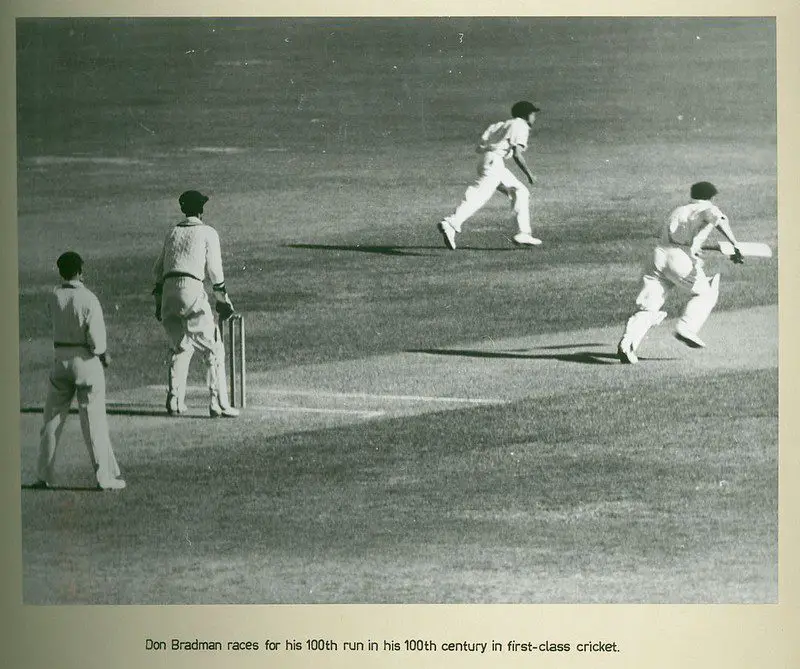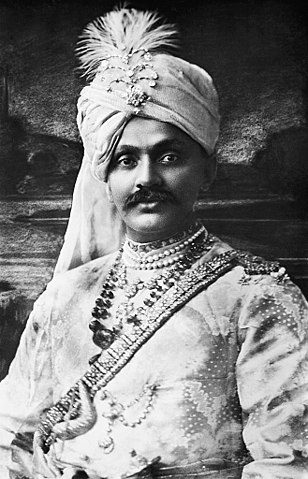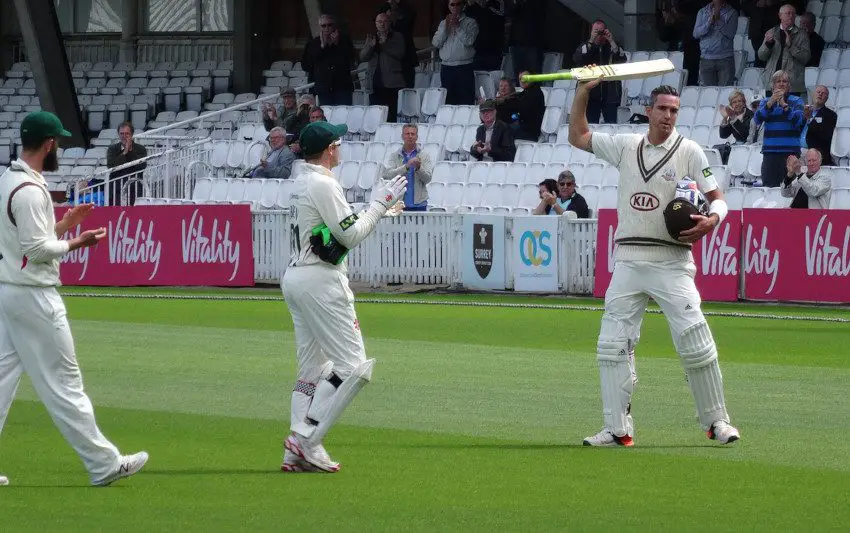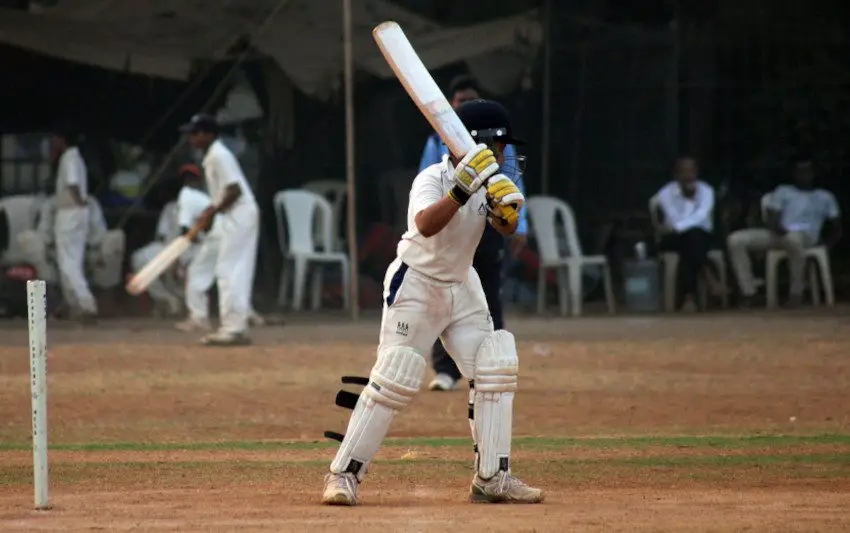Table of Contents
It’s the oldest form of the game and, while limited overs matches seem to be more popular, there will always be a place for first class cricket. Here’s all you need to know about this format.
What is First Class Cricket?
First class cricket is the oldest form of the game. As opposed to limited overs matches, it is played with a red ball over three or more days.
First class matches also have the potential for a drawn game. Each side gets two innings with which to bat and, if the match is not concluded at the end of the allotted time, a draw is declared.
What is the Difference Between First Class and Test Cricket?
The key difference between first class and test cricket is that test cricket is played over 5 days between international teams. First class cricket is generally played over four days between domestic sides.
There are similarities and the two formats follow the same basic laws of first class cricket.
History of First Class Cricket
Limited overs matches have only been played on an official basis since the 1960s. Prior to that, first class cricket was the only form of the game. The concept of playing a single innings match has been in place since cricket was first played.
Moving forward, two innings matches began to prevail and, while nobody can be truly sure when the phrase ‘first class cricket’ was used, it’s likely to have been coined for much of the 19th century.
We can be certain that the first recorded use of the term dates back to 1895. From that point onwards, many first class competitions were incepted and we’re about to take a look at those in closer detail.
Officially, the phrase ‘first class cricket’ was first used in 1947. It was established by the ICC as a means of determining the higher levels of the professional game around the world. While it wasn’t defined on a retrospective basis, we can be certain that the following domestic competitions would have been deemed to be first class from their inception onwards.

Domestic Competitions
England – County Championship
The first class competition in England is referred to as the County Championship. Currently, the 18 approved first class counties are split into two divisions. The winners of the first division are crowned as the County Champions while there is also a promotion and relegation system in place.
While competition between counties had been taking place since the late 1600s, the County Championship didn’t become official until 1890. At that time, just eight counties took part. Slowly, the tournament expanded and, in 1992, Durham achieved first class status to make it 18 counties from that point.
Australia – Sheffield Shield
The premier first class competition in Australia is the Sheffield Shield. It was first held across the 1892/93 domestic season and that inaugural competition featured just three State teams, Victoria, New South Wales and South Australia.
Some 130 years later, the Sheffield Shield has expanded to include six State sides, with Tasmania being the most recent addition in 1978. Using results up to and including the 2021/22 version of the tournament, New South Wales have been the most successful team in Sheffield Shield history with no fewer than 47 titles.
New Zealand – Plunket Shield
Across the Tasman in New Zealand, the Plunket Shield is the major first class competition. It was first held in the 1906/07 season, and was named after the 5th Baron Plunket, who donated the trophy.
The first few editions of the Plunket Shield were played in an unusual way. Rather than having a tournament, various provinces challenged each other. The main competitors were Wellington, Auckland, Canterbury and Otago. Occasionally, Hawkes Bay also came in to provide a challenge.
From the 1921/22 season onwards those provinces, minus Hawkes Bay, played in a round robin tournament. In the present day, six teams contest the Plunket Shield. Along with Wellington, Auckland, Canterbury and Otago, Central Districts and Northern Districts also take part.

India – Ranji Trophy
The Ranji Trophy is named after India’s first ever international cricketer. Although he played his test cricket for England, Kumar Sri Ranjitsinhji is considered to be a national hero and it’s fitting that the major first class competition is named in his honour.
The first edition of the Ranji Trophy was held in the 1935/35 season and, at that stage, there were just 15 teams taking part. Since then, there has been significant expansion and, in the present day, there are 38 sides involved from all parts of India.
In what must be the biggest first class competition in cricket, Mumbai are the most successful team in the history of the Ranji Trophy with 41 titles up to the 2021/22 season.

South Africa – 4-Day Domestic Series
South Africa also have a first class competition which has been previously named after its sponsor. In the present day, it is simply referred to as the 4-Day Domestic Series.
It was first held as the Currie Cup back in the 1889/90 season which makes this one of the oldest cricket tournaments around. In more than 130 years of competition, we’ve seen a number of changes and many of those updates have been recent ones.
In 2021, there were just six franchise teams competing for the 4-Day Domestic Trophy. That arrangement has since been scrapped and the tournament has reverted back to its format of 15 traditional teams from around South Africa.
In the history of the 4-Day Domestic Series, the team known as Gauteng have been the most successful with 25 trophies from 1890 to 1970.
Pakistan – Quaid-e-Azam Trophy
In Pakistan, the Quaid-e-Azam Trophy is the major first class competition. This is another tournament that has undergone some changes in recent years and, from the start of the 2019/20 season, it has been contested by just six zonal teams.
The very first edition of the Quaid-e-Azam Trophy was held at the start of the 1953/54 season and, at that stage, there were seven teams involved. The numbers have changed over the years but, the most consistent team in the history of this tournament are Karachi. They are the most successful side at the time of writing with 20 titles.
West Indies – Regional Four Day Competition
This is another competition without a sponsor although, in previous years, it has been known as the Shell Shield and the Carib Beer Cup. Whatever you want to call it, West Indies’ premier first class competition has been held since 1965/66.
The list of competing sides has been very fluid since inception and, on occasions, touring teams have even taken part in the tournament. In the 2022/23 season, just six teams from around the West Indies were involved.
The most successful side in the history of the Regional Four Day Competition are Barbados with 20 outright wins and one shared title.
Sri Lanka – National Super League (NSL)
The National Super League is the most important first class cricket tournament in Sri Lanka. Official red ball cricket has been played professionally in the country since 1938, while this competition was first held across the 1988/89 domestic season.
It’s another big competition with 26 teams taking part from across Sri Lanka. In the initial stages, those teams are split into two groups of 13 and the two group winners will play each other in the final.
Bangladesh – National Cricket League
There are two domestic first class cricket competitions in Bangladesh but the National Cricket League is the oldest and most established of these. It features eight teams from across the country and was first run in the 1999/2000 season.
The National Cricket League is run on a two-tier system with scope for promotion and relegation. Since the competition began, the team known as Khulna Division have been the most successful with seven titles up to and including the end of the 2022/23 season.
Zimbabwe – Logan Cup
The Logan Cup is the foremost first class cricket competition in Zimbabwe. It began at the start of the 1993/94 season in the country and there are currently five teams taking part.
Each team plays eight games on a league basis and, at the end of this sequence, the sid with the most points is crowned as the Logan Cup Champions.
Final Thoughts
We have a lot to be thankful for the introduction of limited overs cricket matches. They have brought a whole new audience that may have not switched on to the sport if one day cricket hadn’t been in place.
First class cricket requires patience on behalf of the viewer, but it remains as the biggest challenge for bowlers and batters.
What’s interesting from this list is the fact that we can see other forms of cricket having an effect. South Africa has experimented with franchise teams while, in England, there are controversial moves to cut down the number of first class games.
I personally hope that the administrators allow first class cricket to thrive and that it continues to be recognised as the purest form of the game.


